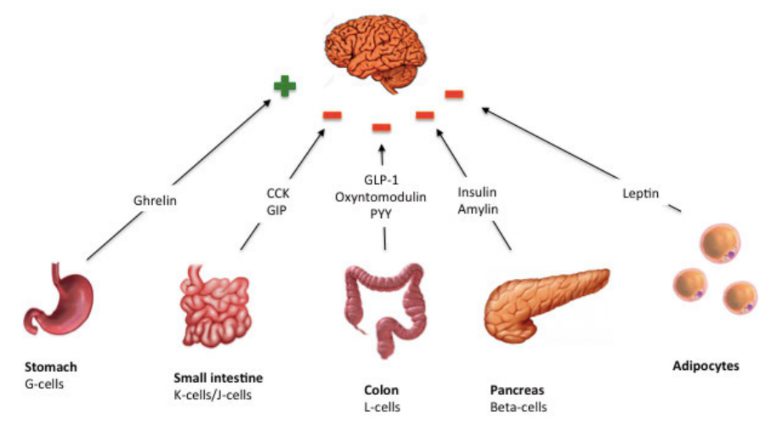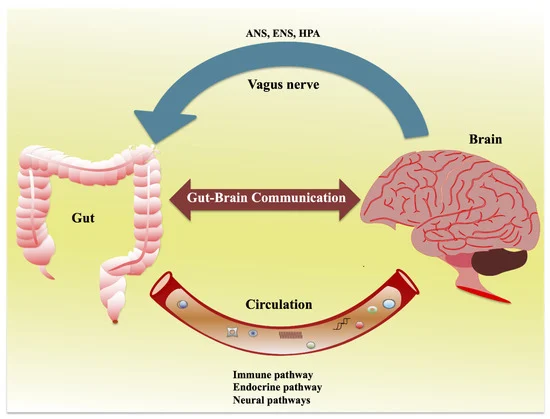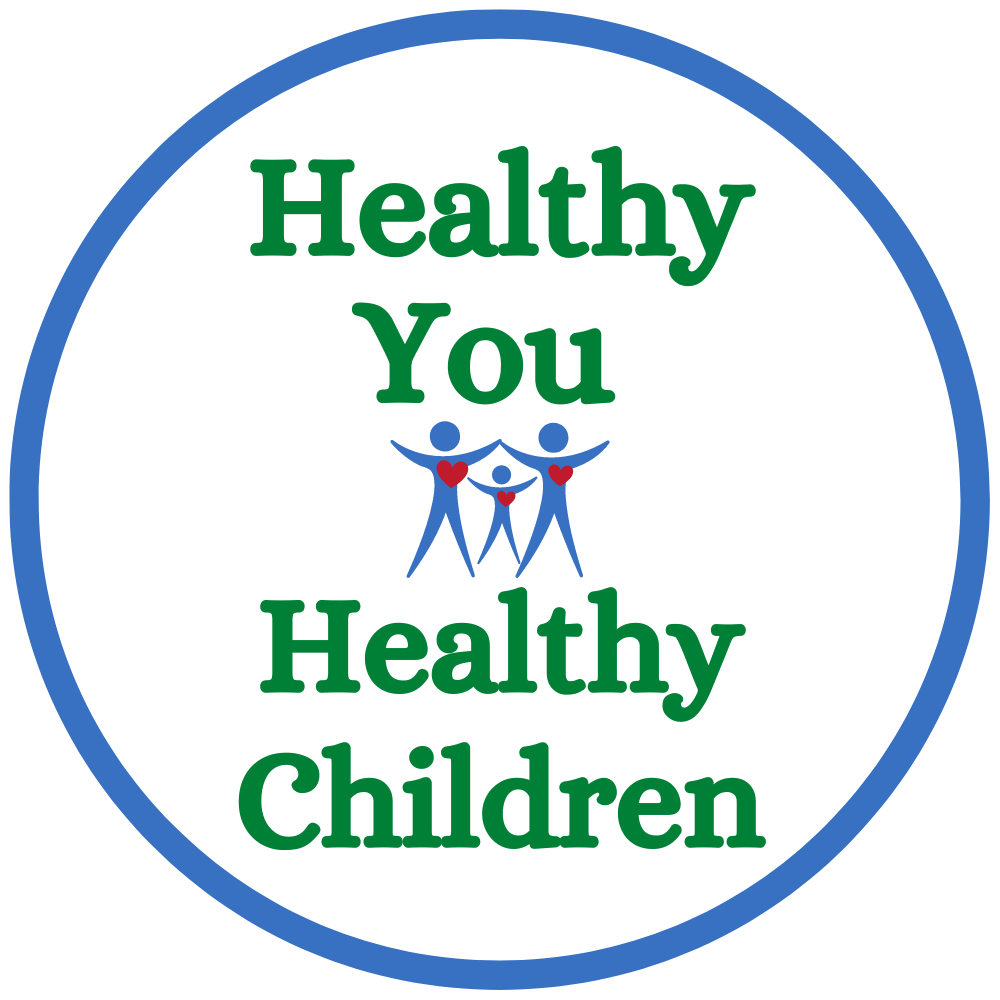As I mentioned in my article about Preventing Obesity (here), overweight and obesity are a growing pandemic. These two are significant risk factors for several interrelated health conditions. One of the critical contributors to this situation is the overconsumption of sugar in our diet. In addition, refined carbohydrates (they transformed into glucose in our blood) and ultra-processed food are critical contributors as well.
The available online information about sugar and sweeteners can be confusing if not coming from a good source. My goal with this article is to share accurate information. As a result, you will be able to make an informed decision about added sugar consumption in your home.
“No such ambiguity existed about sugar consumption. “We now eat in two weeks the amount of sugar our ancestors of 200 years ago ate in a whole year,” as the University of London nutritionist John Yudkin wrote in 1963 of the situation in England. “Sugar provides about 20 percent of our total intake of calories and nearly half of our carbohydrate.”
― Gary Taubes, The Case Against Sugar
Keeping it simple, let’s review what sugar is and how our body responds to it.
What is sugar?
Monosaccharides are simple carbohydrates: fructose, galactose, and glucose.
Disaccharides contain two monosaccharides. Sucrose and lactose are examples of this group.
Sucrose, or table sugar, is a disaccharide made up of one-part fructose and one-part glucose.
High Fructose Corn Syrup is 42% or 55% of free fructose plus free glucose.
People typically consume both fructose and glucose together as sucrose (or table sugar) and HFCS. Fructose and glucose are very different in how they are processed and affect our bodies.
Glucose
Digestion and absorption of sugars take place in the top half of the digestive tract.
Insulin is released by the pancreas to move most of the glucose from the bloodstream to the inside of the cells of the muscles, fat tissue, and other peripheral tissues to be used immediately as energy.
After eating, the elevated amount of glucose in the blood also stimulates hormones that signal satiety from specialized cells found within the gastrointestinal tract, stomach, and pancreas (enteroendocrine cells). Insulin (pancreas) also signals satiety. Ghrelin, the hunger hormone, decreases once we get food.
Your body is a complex biological system set to keep a constant glucose level in your blood. As a result, the glucose leftovers are store in the liver and muscle as glycogen for later. If the glycogen levels in these storage areas are full, the excess glucose goes to the adipose tissue stored as fat.
Fructose
You may be thinking about Fructose in fruits. Ok, let’s clarify this first:
- Our body does not respond in the same way to fructose in fruit as to added fructose.
- In fruit, fructose is accompanied by antioxidants, flavonols, potassium, vitamin C, and high fiber, which counterbalance any adverse consequences of fructose content (fiber in particular).
- The amount of fructose in a piece of fruit and a sweetened beverage are very different. For instance, Fructose in a given fruit represents approximately 1% of the fruit’s weight, whereas fructose accounts for half the weight of HFCS.
Fructose is metabolized by our body differently than glucose. Fructose is a less direct source of energy than glucose. The liver, independently of insulin, converts fructose into glucose, lactate, and/or fatty acids. Then they go to the bloodstream, where they can be used (oxidized) in other tissues for energy. Compared to glucose, fructose generates smaller increases in blood sugar (plasma glucose). Therefore, the enteroendocrine cells produce smaller amounts of circulating satiety hormones. Fructose also attenuates the suppression of ghrelin (the hunger hormone). As a result of all these, fructose allows the overconsumption of calories by failing to activate the body’s signals to stop eating (satiety).

The adverse effects of Added Sugar and Fructose
Added sugar and fructose–
are connected to:
- Overweight and Obesity,
- Insulin Resistance,
- Diabetes,
- Metabolic Syndrome,
- Lipogenesis in the liver (production of fat) leading to Fatty Liver, especially by Fructose,
- Hypertension, and
are associated with:
- Increase inflammation by increasing fatty acid oxidation in the liver
- Increase transcription of inflammatory factors. Consequently, they are associated with neurodegenerative diseases, atherosclerosis, chronic inflammatory diseases such as asthma, diabetes, and associated cognitive decline.
In children, added sugar and fructose (especially from Sweetened Beverages) has been linked with:
- Poor nutrient intake and reduced dietary diversity,
- Dental Caries,
- Overweight and Obesity
- Insulin resistance,
- Fatty liver,
- Increased triglycerides and LDL cholesterol, and
- Increased diastolic blood pressure.
“Several recent meta-analyses confirm the strong relationship between consumption of added sugars, including sugar-sweetened beverages (SSBs), and the onset of obesity and development of type 2 diabetes.”
Practical strategies to help reduce added sugar consumption to support glycemic and weight management goal. Hope Warshaw and V. Edelman. https://doi.org/10.2337/cd20-0034
What are Complex Carbohydrates, and why are they different?
Starches are complex carbohydrates that are broken down into monosaccharides. Human enzymes cannot fully digest complex carbohydrates like non-starchy vegetables, legumes, fruits, and fiber-rich grains, so they need to be broken down (fermented) by microbes in the large intestine. As a result, Short Chain Fatty Acids (SCFAs) are produced. Acetate, propionate, and butyrate are the primary SCFAs. Our body can use them as an energy source. SCFAs help release hormones and peptides from the enteroendocrine cells, resulting in satiety and reducing food-seeking behavior.
Studies have shown SCFAs to:
- Be anti-inflammatory,
- Be antitumorigenic,
- Have antimicrobial effects; and
- Maintenance of intestinal barrier integrity.
These findings highlight the role of SCFAs as a significant player in the maintenance of gut and immune homeostasis.
SCFAs levels are regulated by diet. These studies provide a new basis to explain the increased prevalence of inflammatory disease in Westernized countries due to a diet low in whole foods and high in ultra-processed foods with added sugars.

Is sugar addictive?
Foods rich in sugar or fat are highly palatable foods. They can strongly trigger our brain’s reward/motivation and hedonic systems, encouraging food intake beyond the energy we need.
The two principal rewarding aspects of sugar consumption are nutrition and taste.
The nutritive reward value of sugar is associated with a pathway in our brain related to caloric intake. In contrast, the reward pathway of sweet taste activates a different brain area independent of caloric intake. Because of it, we understand now why artificial sweeteners like sucralose are still consumed despite their lack of nutritional value. It is sweet, so we want it.
Even though sugar’s nutritive and taste rewards are somehow neurologically distinct, they occur in tandem and are interrelated.
Sugar can trigger these reward systems too strongly when consuming too much of it, inducing compulsive eating. The nutritive and taste reward brain areas become less effective at communicating to signal satiety.
As mentioned before, added fructose is not immediately available as an energy source for the brain. Because of this, the sweet taste without the accompanying beneficial and timely nutritive input upset these systems. The result is a dysregulation of eating behavior that, in many ways, equals the compulsive consumption of drugs in addiction.
Let’s go back to how the combination of fat and sugar increases the palatability of food and its consequences. While fat or sugar alone may not induce weight gain, together they do. Highly processed foods usually contain fat and added sugar and are often over-consumed. Think about ice cream and pizza as examples. Many fatty foods are coated with sugar increasing palatability and leading to overeating and increase weight. As a result, sugar and fat eaten together are a powerful combination with important connotations in overweight and obesity.

What are the most significant sources of added sugars in the U.S?
- Sugar-sweetened beverages (47%): Soft drinks (25%), Fruit/soft energy drinks (11%), Coffee and Tea (7%), Alcoholic Beverages (1%).
- Snack and Sweets (31%)
- Grains (8%)
- Condiments, gravies, spreads, and salad dressings (2%)
To have data from other countries: according to the National Diet and Nutrition Survey, the 6 primary sources of added sugar in the British diet are:
- Sugar, preserves, and confectionery (27%): table sugar, jams, chocolate, and sweets. With the highest intake between children 11 to 18 years old.
- Soft drinks, fruit juice, and other non-alcoholic drinks (21%). Once again the levels are higher among children aged 11-18 years, who consumed mainly soft drinks like cola (⅓ of their added sugar per day).
- Buns, pastries, biscuits, and other cereal-based foods.
- Alcoholic Drinks
- Dairy products containing added sugars like flavored milk, yogurts, and dairy-based desserts like ice cream.
What are some of the names of added sugars?
- corn sugar
- dextrose
- fructose
- glucose
- high-fructose corn syrup
- honey
- maple syrup
- agave syrup
- invert sugar
- isoglucose
- levulose
- maltose
- molasses
- sucrose
- brown sugar
- cane sugar
- coconut sugar
- date sugar
- lactose
- malt syrup
- nectar
- powdered sugar
- raw sugar
- rice syrup
- sorghum
- turbinado sugar
Sugar is sugar. There is not such a thing as healthy sugar!
The 2015-2020 U.S. Dietary Guidelines Advisory Committee report recommends Americans limit the amount of added sugars to 6% or less of total calories based on the newer evidence about the negative impact of sugar. (the previous amount was 10% or less of total calories for added sugars).
The bottom line is: reducing added sugar helps maintain overall physical and behavioral health and may help to promote healthy eating behavior.
Low and no-calorie Sweeteners (LNCS)
As mentioned in the “Practical strategies to help reduce added sugars consumption to support glycemic and weight management goal.” https://doi.org/10.2337/cd20-0034”:
- Global regulatory authorities, including the FDA (Food and Drug Administration, European Food Safety Authority, Health Canada, and Joint U.N. Food and Agriculture Organization/WHO Expert Committee on Food Additives, have reviewed rigorous regulatory protocols over many years for the safety of LNCS. The verdict: LNCS are safe to use by the general population, including children, pregnant women, lactating mothers, and people with diabetes. Aspartame, due to its content of phenylalanine, should be limited by people with the rare condition of Phenylketonuria.
- In 2018, an international panel of health care professionals, nutrition researchers, and food toxicologists evaluate evidence relevant to the association between the use of LNCS and weight and glycemic management. The following are some of the key findings that are consistent with other recent international consensus statements:
- LNCS, when substituting added sugar, reduces the calorie intake, can increase adherence to nutrition recommendations helping with weight and glycemic management.
- LNCS have not a negative effect on blood glucose levels or insulin regulation in people with or without diabetes.
- LNCS are a strategy to consider to follow the global recommendation of reducing added sugars to lower the risk and prevalence of obesity.
On the other hand, this is not a green light to overconsume LNCS, especially in children.
According to the following article: “Low-Calorie Sweetened Beverages and Cardiometabolic Health: A Science Advisory From the American Heart Association” (Rachel K Johnson and partners. Circulation 2018 Aug 28;138(9):e126-e140)
“Among all foods and beverages containing LNCS, beverages represent the largest proportion of LNCS consumption worldwide.” and they concluded that:
- Children should not consume beverages with LNCS for a prolonged period. Water is the preferred beverage.
- For adults who consume high amounts of sweetened beverages (SSBs) regularly, LNCS beverages are a helpful tool to reduce the intake of SSBs. This approach may be beneficial for adults who find water as a not very appealing option initially.

What about headlines claiming that LNCS are harmful?
You may be wondering about media headlines talking about safety and health issues regarding artificial sweeteners. Aspartame, Saccharine, and Sucralose have been targeted for different bad outcomes that proved wrong. Using LNCS to control sugar and caloric intake is safe and effective.
Anyways, choosing Natural Sweeteners will always be the best way to go for you and your family if looking to eat clean and healthy.
What are LNCS available to use?
In the U.S., some of the most common brands available are:
Artificial Sweeteners:
Aspartame: Equals, and NutraSweet.
Saccharin: Sweet’N Low.
Sucralose: Splenda.
Erythritol: Swerve.
Natural Sweeteners:
Steviol Glucosides or Stevia: Splenda Stevia, Sweet Leaf, Stevia in the Raw, Whole Earth.
Stevia and Erythritol: Truvia, Pyure.
Monk Fruit: Lakanto, Sweet Leaf.
Allulose: Wholesome
Which one to use?
The truth is that palatability is very important for people to stick to the goal of reducing added sugars.
Your best option is to choose a sweetener that tastes good for you and your family. You will need to experiment with different sweeteners and brands.
Our personal choice at home is natural LNCS. After some trial and error, the ones we prefer are Pyure (stevia and erythritol), Swerve (erythritol), and Wholesome’s allulose.
Keep in mind that some people are sensitive to LNCS, especially when starting, and can experience headaches or stomach upset. Adding to this, some of the natural sweeteners may also cause bloating and cramps when taken in large amounts.
What can you do to reduce the intake of added sugars?
#1 – Start using LNC to help to quit sugar:
Substitute table sugar for LNCS:
- In your sugar bowl.
- For cooking salad dressings, sauces, and marinades, as well as recipes that call for sugar.
- For baking and cooking sweets at home. Treats and desserts can be made with the different options of sweeteners: granulated, confectionary, brown.
- To sweeten fruits, yogurt, or cereals.
#2 – Beverages:
- Drink more water; it is the number one option!
- If you or your kids are used to drinking only sweetened beverages, choose options with LNCS instead. Try cutting down these beverages and increasing your water intake.
- Drink sparkling water. You can add a small amount of lemon/lime/fruit juice to make it taste better or choose flavored zero-calorie sparkling water like LaCroix, Schweppe’s, Polar, Spindrift.
- Use LNCS for your ice or hot coffee, or tea. Not all beverages need to be sweet. You can try reducing the amount of sweetener by 1 teaspoon per week to reach the goal of drinking your coffee and tea plain.
#3 – Clean your house of tempting foods with added sugar:
In other words, pay attention to know your triggers. If you realize a sweet food triggers a cascade of non-stopping eating or difficulty to control, try your best to keep it out of your home.
#4 – Read food labels:
To check for added sugars. Compare products and choose the ones with no added sugar or a low amount of it. You can read my article about food labels for more info (here).
#5 – Keep working on increasing whole foods and decreasing processed foods with added sugar and fats.
Cutting down sugar will make naturally sweet foods like fruits taste sweeter and are a healthy choice. Think about it as retraining your taste. Studies have shown that younger kids prefer sweet food, so this step is crucial for them to avoid overconsumption of sugar.
#6 – Improve your stress management and sleep quality
High levels of stress and poor quality sleep are known to make people crave sweet and ultra-processed foods.
Final thoughts:
Small steps toward reducing your and your family’s intake of added sugar are better than none. Family teamwork is essential to succeed. Seat together (if possible) and choose one or two goals per week and make them happened. For example, your plan next week could be buying a couple of sweeteners to taste with your family and start reading products’ food labels when food shopping to choose the best options. Keep making changes every week. Going down to zero is not realistic, but reducing the amount of added sugar as much as possible is. Remember that reducing the amount of added sugar at home will support your health and decrease the risk for chronic health problems like obesity, diabetes, and heart disease, to name a few. You can do it!
If you would like to receive news and updates, SUBSCRIBE to my Blog.
For help and support making sustainable healthy lifestyle changes, read my WORK WITH ME (here) page and SCHEDULE A CALL (here) if you are ready.






